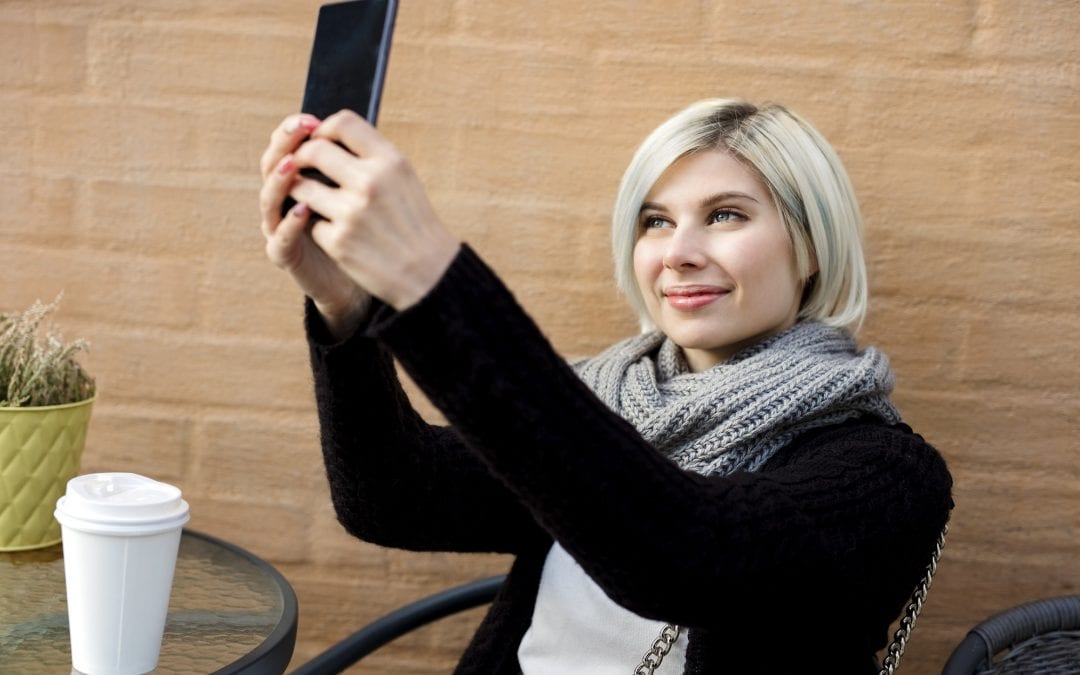New research proposes that selfie videos may be used as a more convenient way of monitoring blood pressure.
Currently, measuring blood pressure involves cuff-based devices that:
- Detect the pressure of blood as the heart contracts (systolic blood pressure)
- Detect the pressure of blood as the heart relaxes (diastolic blood pressure)

Researchers from Hangzhou Normal University in China and researchers from the University of Toronto in Canada may have found an easier way to monitor blood pressure.
According to their research, their method uses:
- Transdermal optical imaging
- Uses a smartphone’s optical sensors
- Tracks blood flow patterns under the skin
- Assesses how ambient light penetrates and reflects off the skin’s outer layer
Monitoring blood pressure is essential in the management and prevention of cardiovascular disease, according to Prof. Kang Lee, the study’s lead author. He said:
“Cuff-based blood pressure measuring devices, while highly accurate, are inconvenient and uncomfortable. Users tend not to follow American Heart Association guidelines and device manufacturers’ suggestion[s] to take multiple measurements each time.”
This necessity led them to try and come up with a more convenient way of measuring blood pressure levels.
New model has great potential

On average the selfie videos/imaging technology had the following prediction results:
- 95% accuracy in systolic blood pressure measurements
- Almost 96% accuracy in diastolic blood pressure and pulse measurements
According to Lee, these levels of accuracy are in line with the current international standards for traditional blood pressure measurement devices.
However, the researchers did face some limitations, which may mean that these levels of accuracy may be restricted to certain groups and environmental conditions.
The type of lighting situation when taking a selfie may also affect the accuracy of the readings. The participants did not include people with very dark or very light skin tones, either.
More studies need to be conducted to confirm the results of these experiments.
Still, this experiment has great potential. Lee says that “if future studies confirm our results and show [that] this method can be used to measure blood pressures that are clinically high or low, we will have the option of a contactless and noninvasive method to monitor blood pressures conveniently — perhaps anytime and anywhere — for health management purposes.”

